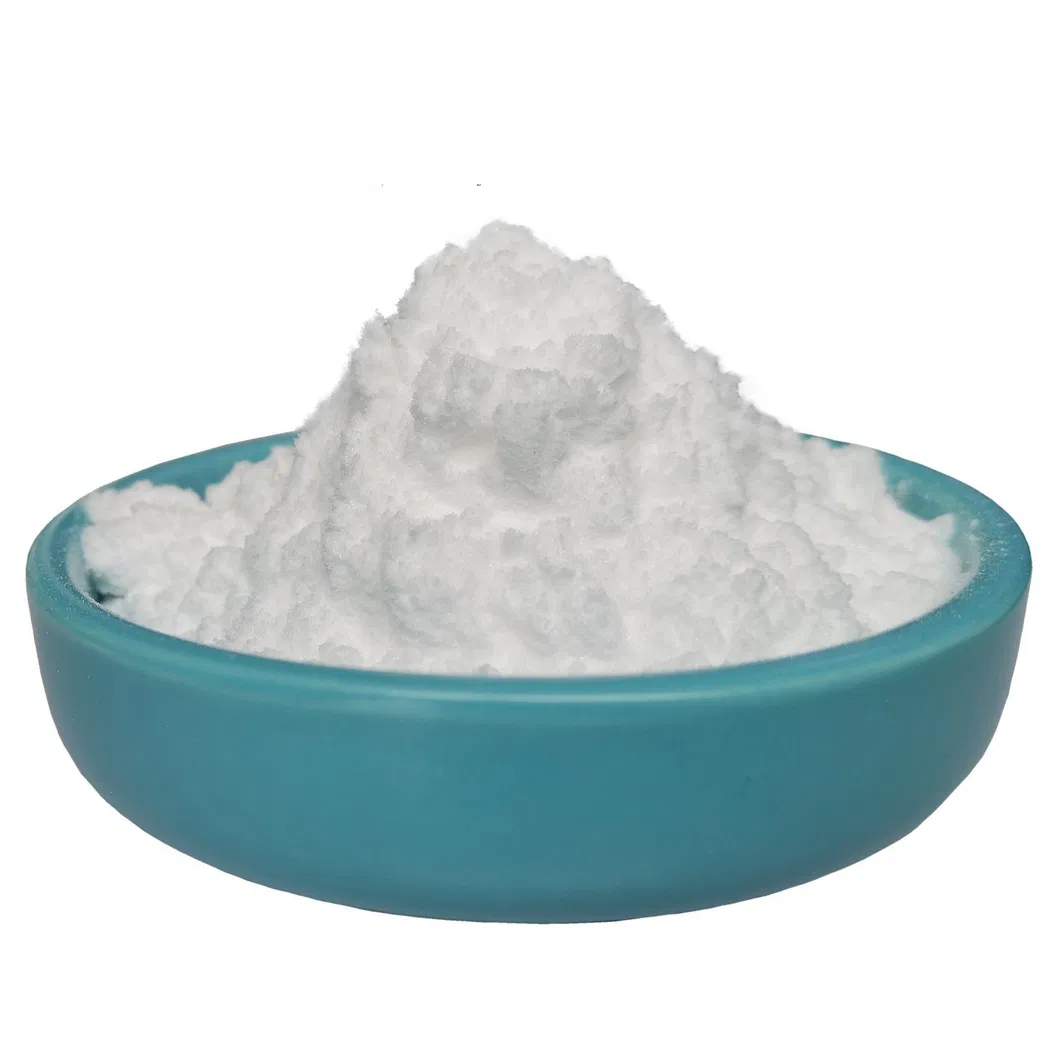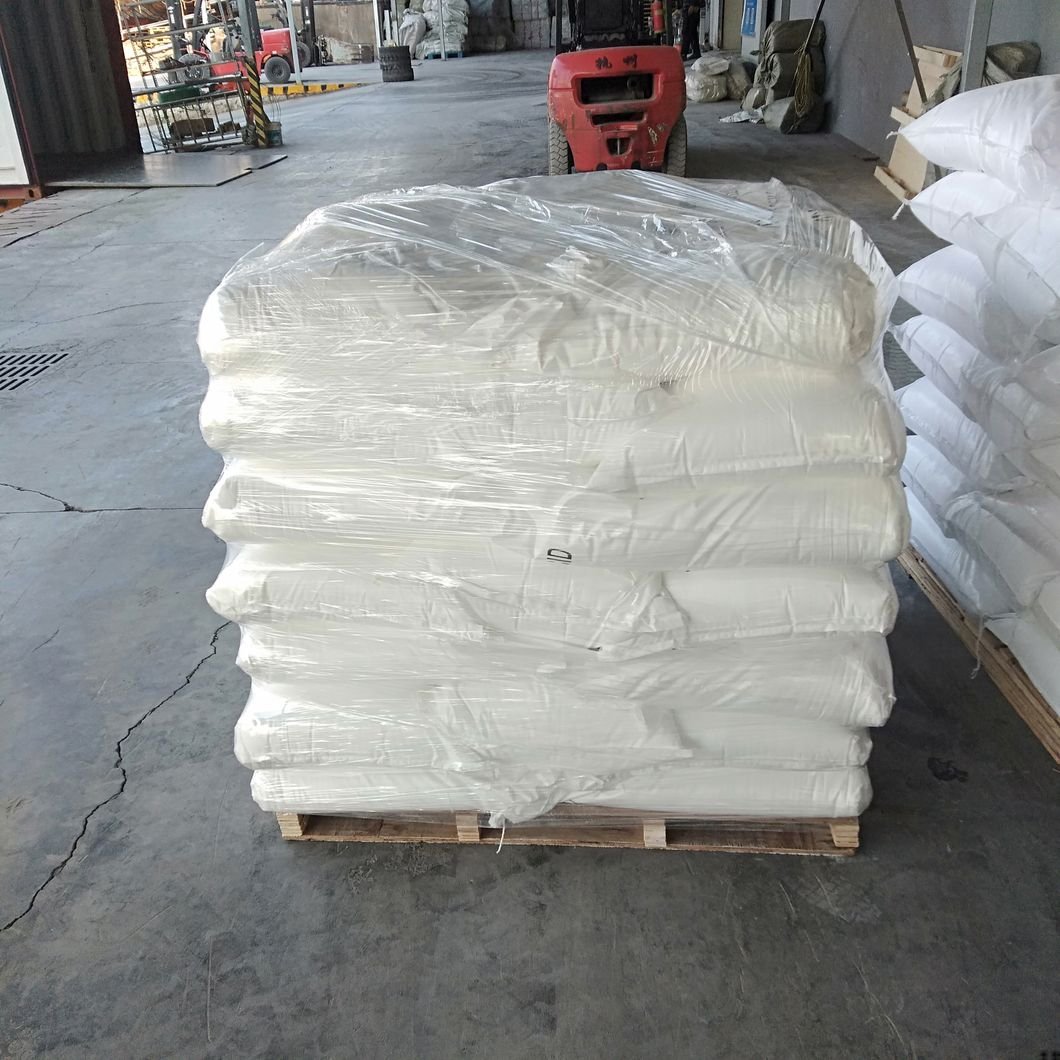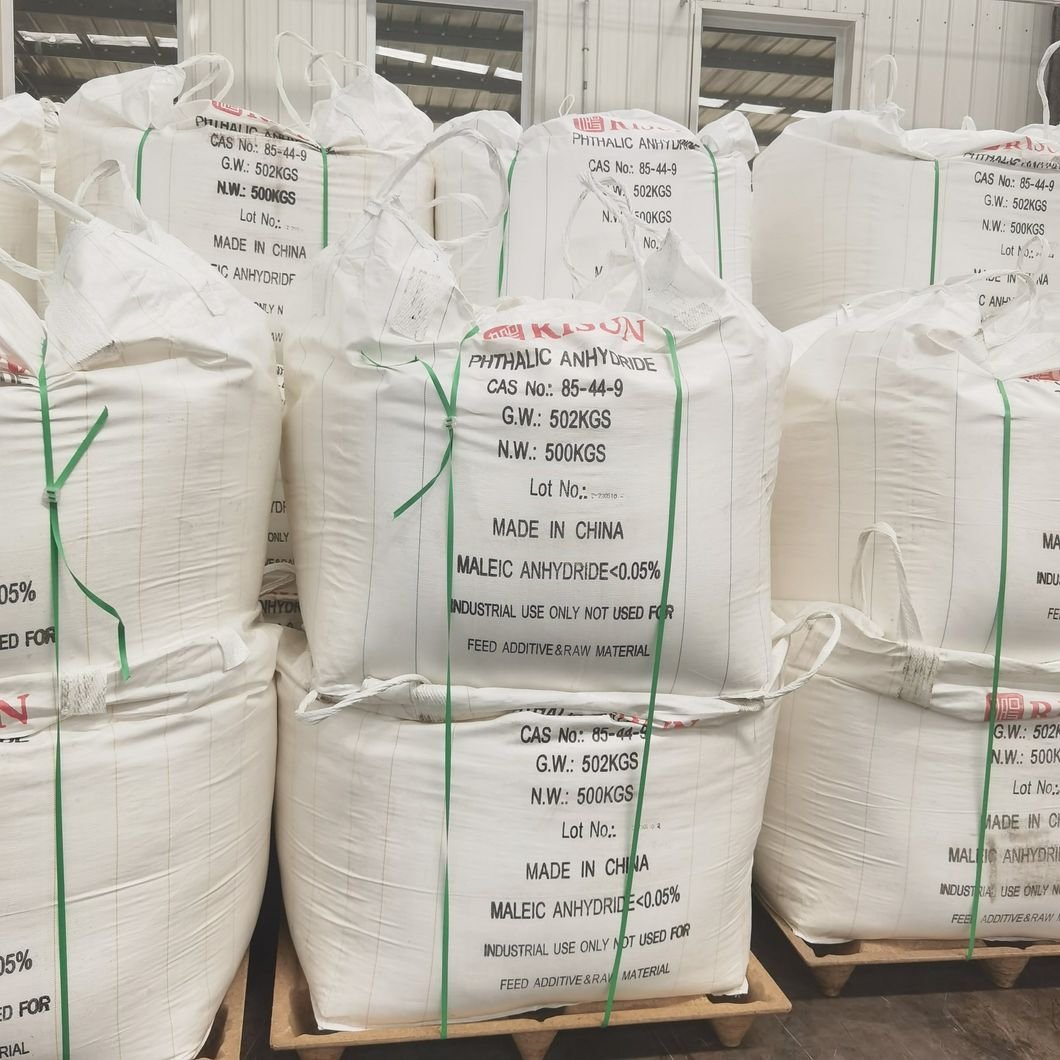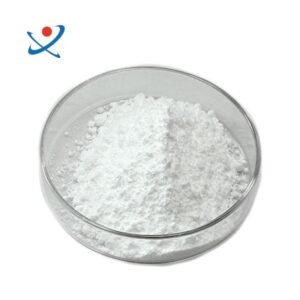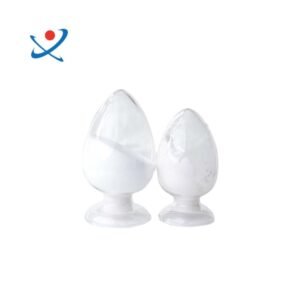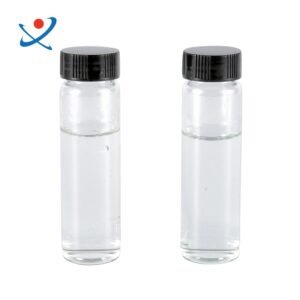Phthalic anhydride, also known as o-phthalic anhydride, is an organic compound with the chemical formula C$_8$H$_4$O$_3$ and CAS number 85-44-9. It is a white crystalline solid that is highly reactive and serves as a crucial intermediate in various industrial applications.
Chemical Properties
Molecular Weight: 148.1 g/mol
Appearance: White flakes or a colorless to white lustrous solid
Melting Point: 131.6 °C (268.9 °F)
Boiling Point: 295 °C (563 °F, sublimates)
Density: 1.53 g/cm³ (solid); 1.20 g/mL (molten)
Solubility: Slightly soluble in water (0.62 g/100g at 20-25 °C), more soluble at higher temperatures.
Production
Phthalic anhydride is primarily produced through the oxidation of o-xylene or naphthalene. This process involves the removal of water from phthalic acid, resulting in the formation of the anhydride.
Applications
Phthalic anhydride is widely used in the production of:
Plasticizers: Enhancing the flexibility and durability of plastics.
Dyes and Pigments: Serving as a precursor for various colorants.
Polyester Resins: Involved in the synthesis of polyesters, which are essential for producing fibers and resins.
Rubber Modifiers: Used to improve the properties of rubber products.
Organic Synthesis: Acts as a building block for creating novel organic molecules with potential applications in materials science.
Safety and Hazards
Phthalic anhydride is classified as moderately toxic, with potential hazards including skin irritation and respiratory issues upon inhalation. It is important to handle this compound with care, following appropriate safety protocols to mitigate exposure risks.
In summary, o-phthalic anhydride (CAS 85-44-9) is a versatile chemical compound with significant industrial importance, particularly in the manufacture of plastics, dyes, and resins. Its reactivity and ability to form various chemical bonds make it a valuable intermediate in organic synthesis.
O-phthalic anhydride CAS 85-44-9
CAS Number :85-44-9
Other Name :
AKOS BBS-00004337;
1,3-ISOBENZO
MF:C8H4O3

